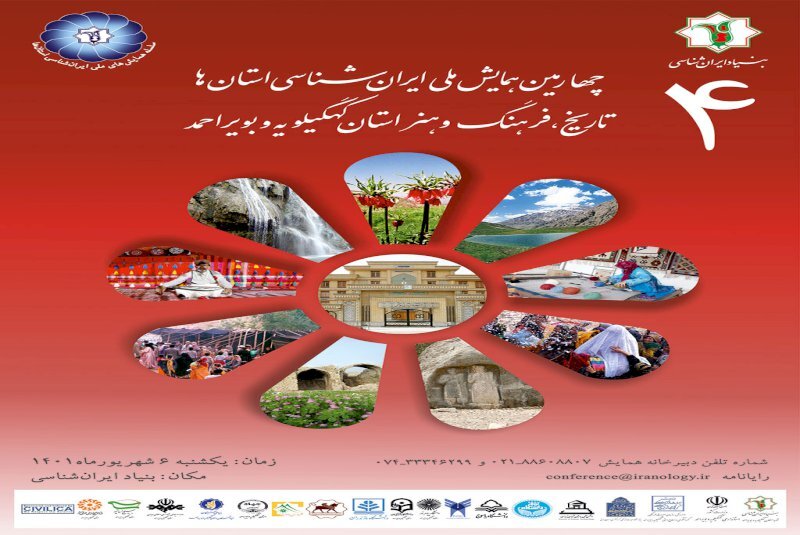Little-known province to come under spotlight at Iranology event

TEHRAN – A national conference on Iranian studies and Iranology is scheduled to be held in the southwestern Kohgiluyeh and Boyer-Ahmad province on August 28, the province’s deputy governor has said.
The conference will focus on introducing the historical, cultural, and artistic capacities of the host province, Seyyed Javad Hashemi said, CHTN reported on Sunday.
Researchers, academics, and interested people may present their papers and research on the historical province, the official explained.
Kohgiluyeh and Boyer-Ahmad has a lot to offer in the field of history, archeology, geography, literature, and tourism, all of which deserve attention, he added.
The lesser-known province is home to various nomads and is a top destination for those interested in visiting in person the nomadic life. Sightseers may live with a nomadic or rural family for a while or enjoy an independent stay and assist them with day-to-day life. It also opens up an opportunity to feel rustic routines, their agriculture, traditions, arts, and culture.
Ancient Iran, also known as Persia, historic region of southwestern Asia that is only roughly coterminous with modern Iran. The term Persia was used for centuries, chiefly in the West, to designate those regions where the Persian language and culture predominated, but it more correctly refers to a region of southern Iran formerly known as Persis, alternatively as Pars or Parsa, modern Fars.
Parsa was the name of an Indo-European nomadic people who migrated into the region about 1000 BC. The first mention of Parsa occurs in the annals of Shalmanesar II, an Assyrian king, in 844 BC.
During the rule of the Persian Achaemenian dynasty (559–330 BC), the ancient Greeks first encountered the inhabitants of Persis on the Iranian plateau, when the Achaemenids—natives of Persis—were expanding their political sphere. The Achaemenids were the dominant dynasty during Greek history until the time of Alexander the Great, and the use of the name Persia was gradually extended by the Greeks and other peoples to apply to the whole Iranian plateau.
ABU/ AFM
